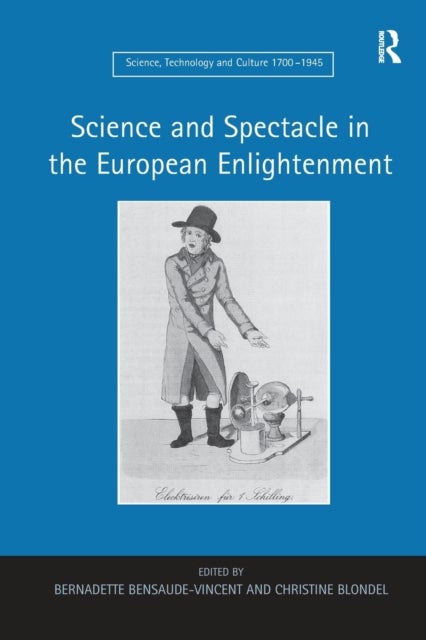
Textbook of Ion Channels Volume III
1219,-
<P>The <I>Textbook of Ion Channels </I>is a set of three volumes that provides a wide-ranging reference source on ion channels for students, instructors and researchers. Ion channels are mem- brane proteins that control the electrical properties of neurons and cardiac cells; medi- ate the detection and response to sensory stimuli like light, sound, odor, and taste; and regulate the response to physical stimuli like temperature and pressure. In non-excitable tissues, ion channels are instrumental for the regulation of basic salt balance that is critical for homeostasis. Ion channels are located at the surface membrane of cells, giving them the unique ability to communicate with the environment, as well as the membrane of intracellular organelles, allowing them to regulate internal homeostasis. Ion channels are fundamentally important for human health and diseases, and are important targets for pharmaceuticals in mental illness, heart disease, anesthesia, pain and other clinical appli- c








